 Description:
Description:
Manchineel is a tree that reaches up to 50 feet high with a greyish bark.
The leaves are simple, alternate, and glossy, with pointed tips, a rounded base, and smooth or slightly toothed edges. The veins have similar parts arranged on each side with a single conspicuous main vein, which ‘bleeds’ a milky white sap in young foliage if broken.
Each tree carries both a male and female flower, usually inconspicuous. The fruit or ‘apples’, are very poisonous and are usually plentiful. They are about 1 to 1.5 inches in diameter and green, turning yellow before dropping, with the odor of apples. Inside is a large pithy pulp with a single large, bumpy, wood-like seed at the center.
The manchineel tree can be found near to and on coastal beaches.
It provides excellent natural windbreaks and its roots stabilize the sand which helps to prevent beach erosion.
Toxicity:
The leaves, bark, sap and fruit contain toxins that can be extremely harmful to individuals once they come into contact with them.
The fruit is reported to have a sweet smell and pleasant taste; however, the tiniest piece ingested will cause blistering of the mouth and throat.
Do not picnic under it or handle the broken vegetation.
The milky white sap can cause permanent blindness if gotten into the eyes, and severe burns on the skin elsewhere.
Standing beneath the tree during rain will cause blistering of the skin from mere contact with this liquid. Burning the tree may also cause blindness if the smoke reaches the eyes.
Columbus recorded the first record of its poisonous nature, when his men had died after their encounter with it.
The Carib Indians used the sap of this tree to poison their arrows and would tie captives to the trunk of the tree, ensuring a slow and painful death.
The Caribs were also known to poison the water supply of their enemies using the manchineel leaves.
Do Not Eat, Touch, Or Even Inhale the Air Around the Manchineel Tree
[..] it is rumored to have killed the famed explorer, Juan Ponce de Leon.









 Reply With Quote
Reply With Quote





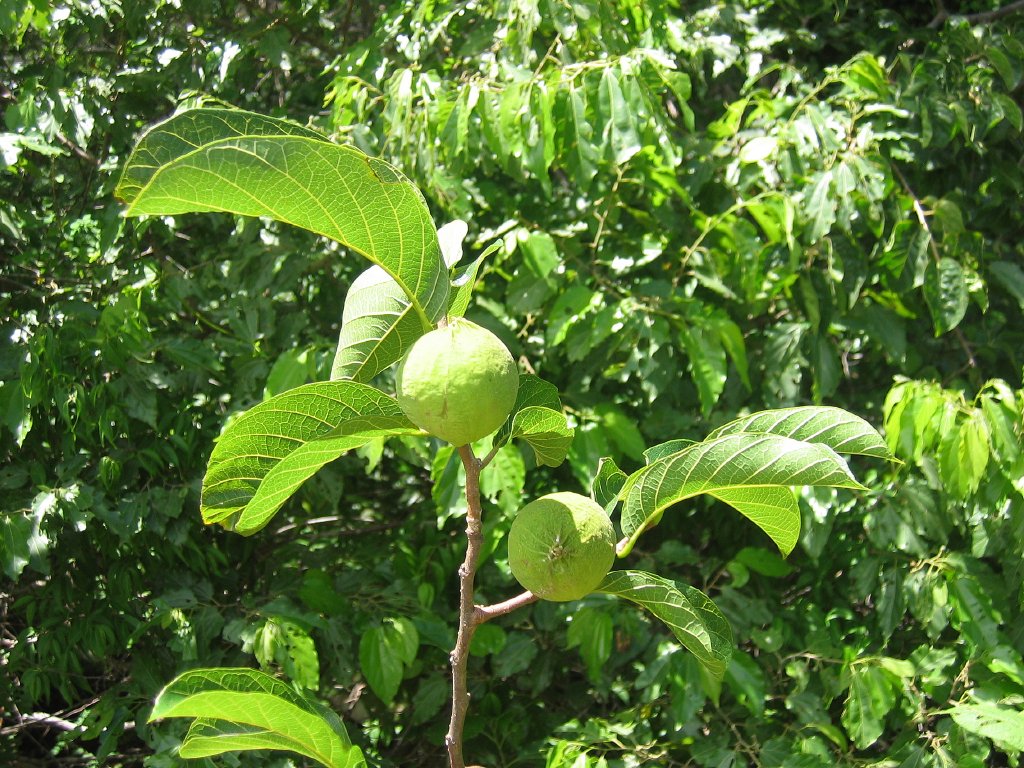






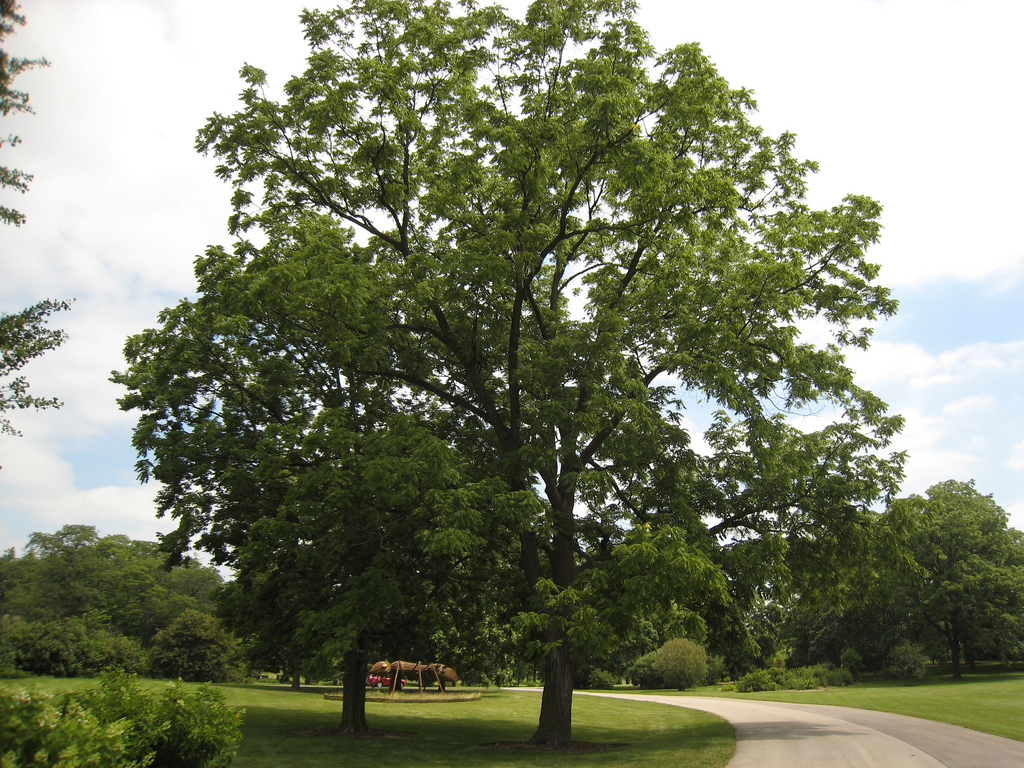

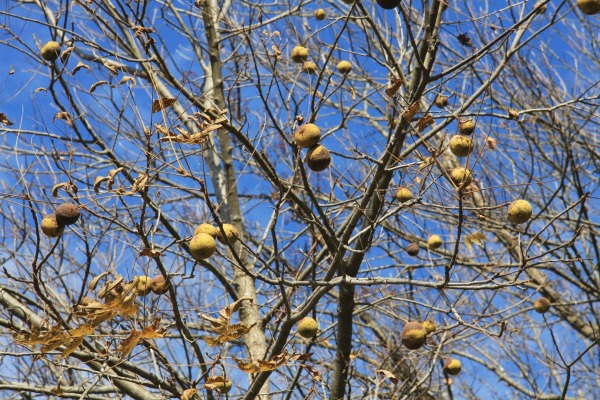



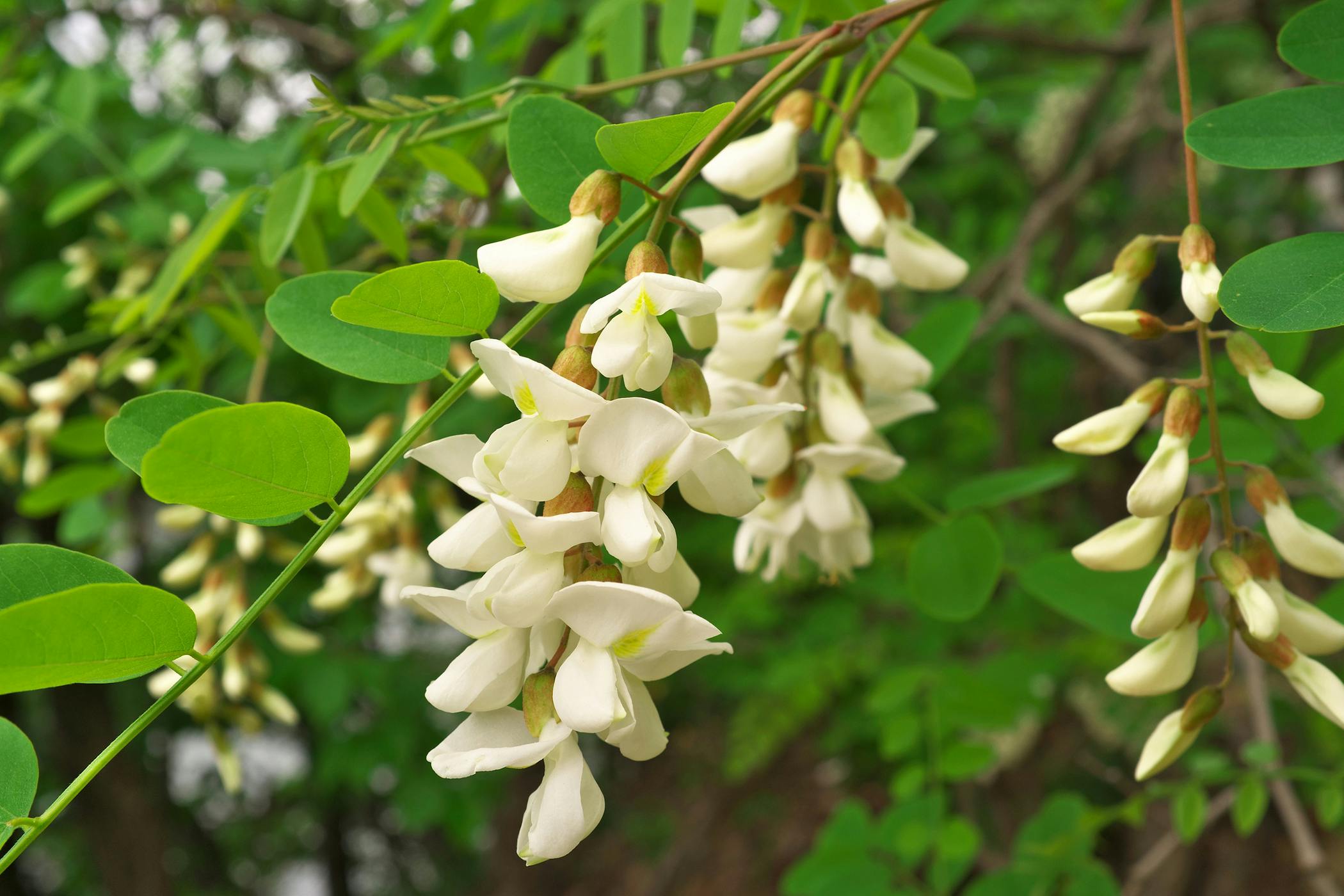
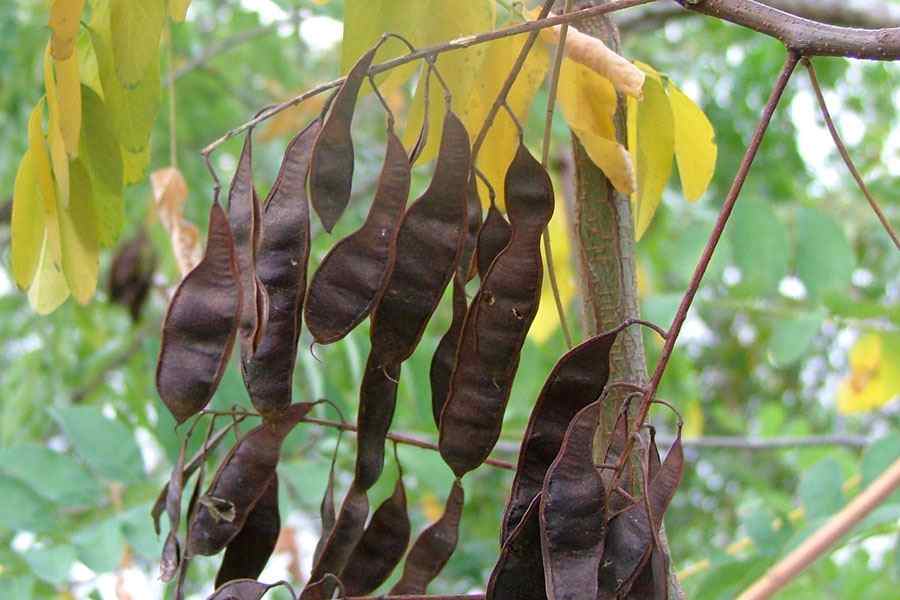


Bookmarks